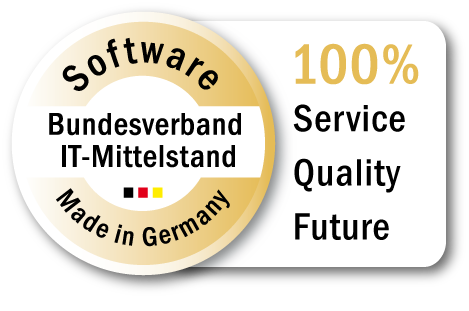SLA Niedersachsen
Task breakdown, functionality, examples and training material:
seven German states embrace a BlueSpice pro MediaWiki from Hallo Welt! GmbH, which makes it easy for members of staff to use a shared editing and information system on land consolidation and explains all the topics that arise.
It is a mammoth project that was undertaken about seven years ago by the German states Brandenburg, Hesse, Mecklenburg-Vorpommern, Lower Saxony, North Rhine-Westphalia, Rhineland-Palatinate and Saxony-Anhalt: the implementation of a joint editing and information system for all issues relating to land consolidation (Flurbereinigung), working with a uniform data set and the technical standards connected with it.
The states took delivery of the system, named with the German acronym LEFIS, in December 2015. Some states have been using it since 2018, and others are just about to start. In the final expansion phase, about 2,000 people will work with the system – administrators, technicians, project managers and departmental heads, planners and engineering firms who work with land consolidation.
“When, for example, a new street is being built, we need to list the individual pieces of land, match them with their owners and evaluate them so that the owners can be properly compensated and suitable replacement areas can be put together,” explains Ralf Meier. He is a surveyor at the Service Centre for Rural Development and Agricultural Support in the state Lower Saxony within the “Land Consolidation and Geoinformation” department.
The same knowledge at the same time for all
It has been four years now since Meier started the introduction of a Media Wiki in which the functionality of LEFIS is collected and explained with concrete examples. Meier lists the main arguments for choosing a wiki as its great flexibility and customisability. “With it, we can keep all the knowledge completely up-to-date for all. When we make a change, it is immediately available to everyone. By looking at the history, everyone can see clearly when what was changed.” During the search for a provider, Hallo Welt! GmbH with its BlueSpice wiki came out ahead of the competition.
Over the course of several meetings, the partners hammered out a structure into which the comprehensive PDF handbook of the LEFIS application could be transformed.
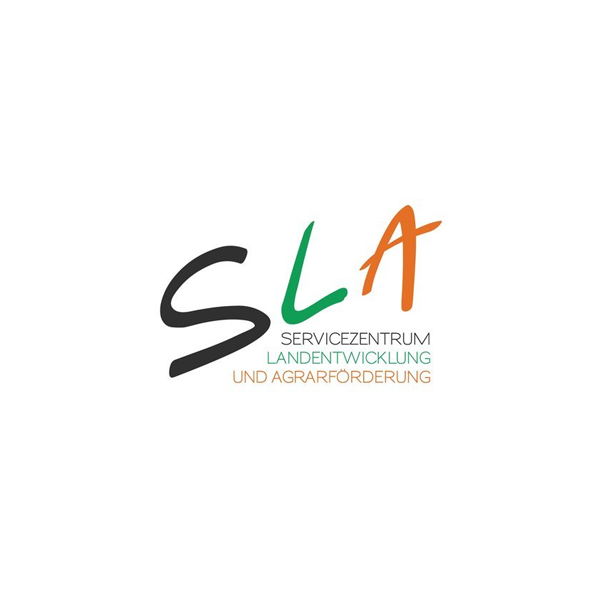
Industry
Agriculture and forestry
Market
Service company
Headquarters
Hannover, Germany
Employees
190
Product
Goal
Facilitating the use of a common processing and information system
Use case
Website
Phone
+49 (0) 511 30245 – 704
Portrait
A modern administration relies on an efficient IT infrastructure to perform its tasks. The Service Centre for Rural Development and Agricultural Promotion, as the central technical service of the Lower Saxony agricultural administration, guarantees such infrastructure through efficient IT services.
The work of the SLA enables the allocation and disbursement of around EUR 1 billion annually in subsidies to rural areas and agriculture in Lower Saxony.
The SLA employs a total of around 190 staff from various disciplines in six departments and since 1 July 2014 has been an independent state authority within the portfolio of the Lower Saxony Ministry of Food, Agriculture and Consumer Protection.
From installation to concrete use-cases
“This starts with information on installing the program, then includes details on the general functions, gives concrete examples, includes use-cases which are specific to individual states and, last but not least: training material,” explains Meier. “The principle is that our wiki offers knowledge management for the user, who can then find the information they need according to what they already understand.” The book navigation system is used to structure the contents in the wiki, which is offered in BlueSpice with the extension “Bookmaker”. This places the contents in a hierarchy of chapters and subchapters. Meier describes it in this way:
“At the start, there is a concrete definition of the task, then there is a link to a description of the software’s functionality. Those who want to know more about this can look at concrete examples, where necessary with photos of the LEFIS masks, and so be able to trace through how the project needs to be carried out in detail.” Here, great emphasis is placed on user-friendliness. One of the ways this is achieved is with a “create function”. Using this, the user can create a new page without having to understand the deeper wiki structure. The structure is defined by the templates and categories provided.
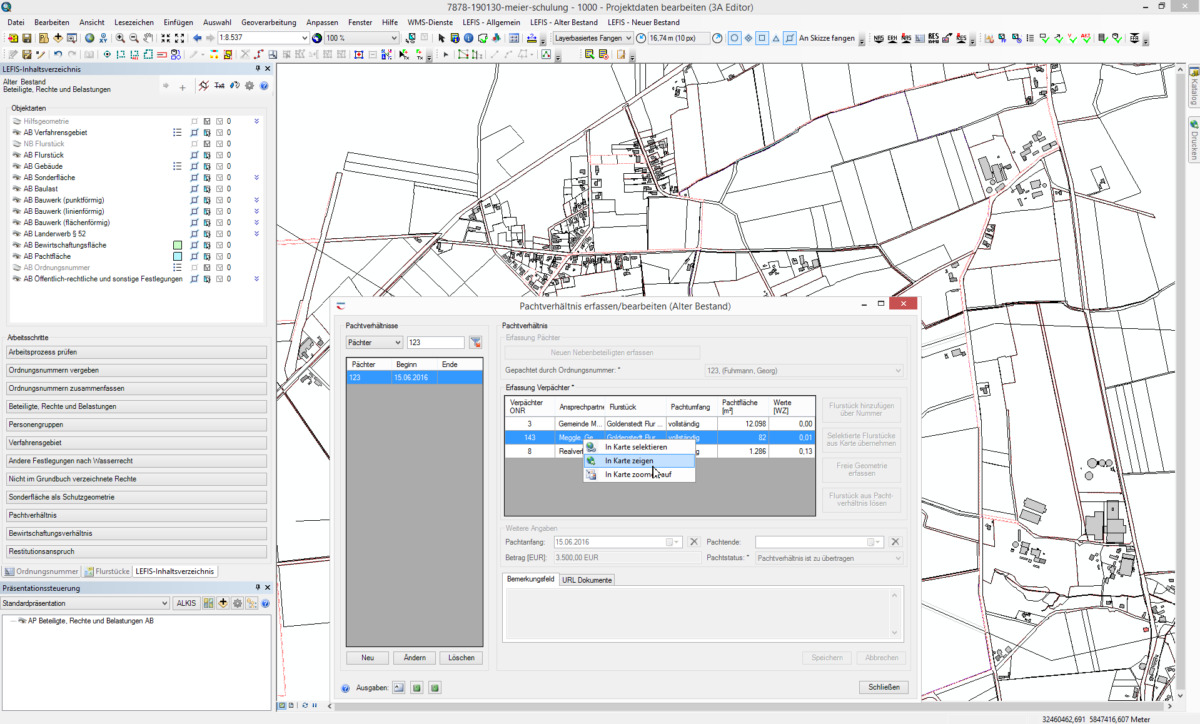
Figure: Function call in the “LEFIS” application
Topic hierarchy instead of long running texts
The whole system functions very clearly with expandable drop-down menus and clickable info buttons. “In the PDF handbook, you had to tortuously hunt through long texts, and sometimes search in hundreds of documents to find what you wanted to know. In the wiki, you only read the content you need and want. You can progress from brief descriptions down into the detail, for example concrete use-cases, when one needs such details.”
Put simply, for the task “import data from the land register management”, some users only need to see the heading of the task description, while others want to know which entries need to be made in the function dialogue. Depending on what they already understand, the task description may be enough for them, or they may need to dive deeper into the functional details and perhaps even take into account state-specific cases. If that is not enough, then the member of staff can see an example for each step of the work. The structures are defined. The contents are being developed.
“The application continues to develop and grow and so does our wiki.”
As a basic principle, all users are authors in the wiki: everyone has the permissions to add new examples. Additionally there are supervisors, specialist admins who have more permissions for describing the software and setting out state-specific rules, and three wiki admins who take care of the networking, copy-editing and the structure of contents. They are supported with training courses and workshops from Hallo Welt! GmbH. There is a four-person group “AG help” who the users can turn to in case of doubt. “Just as the application continues to develop and grow, so does our wiki,” says Meier. Every time the software is updated, the functional descriptions need to be adapted, and new practical examples need to be added all the time. “The work never really ends. This is really in the nature of things with such a complex application as LEFIS. But in the end, whatever questions a user has, they should be answered in the wiki.” (sa)
Share This Story, Choose Your Platform!
| Except where otherwise noted, news on this site is licensed under a Creative Commons Attribution 4.0 International license. |
More success stories
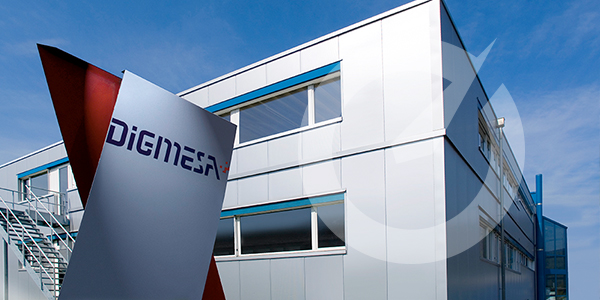
Knowledge management at Digmesa AG
The market leader in the field of flow measurement technology uses BlueSpice pro Cloud as a central knowledge management system. Quality management is also to be integrated for even greater efficiency.
Read more
+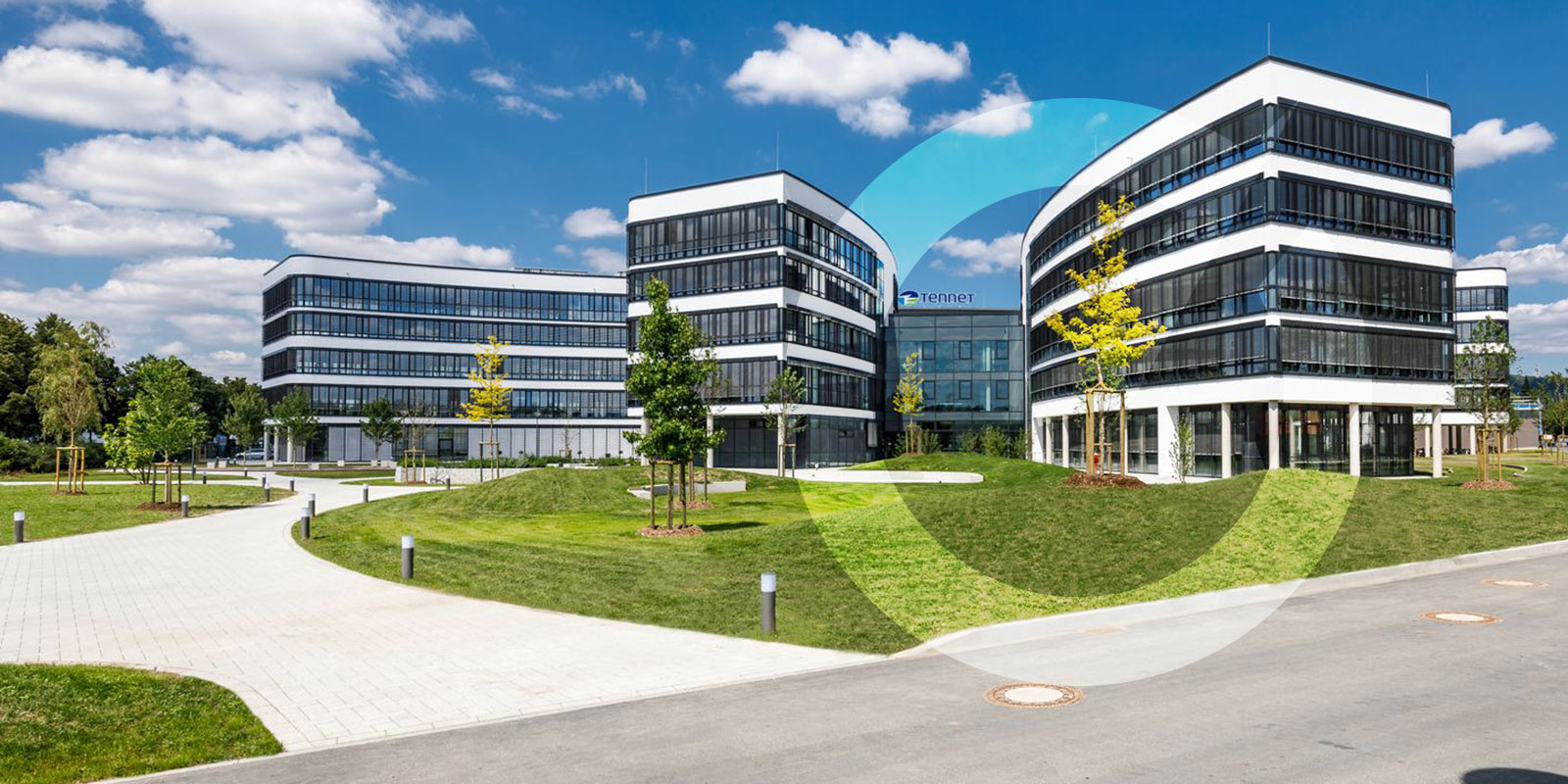
Organization manual for Tennet TSO
Initially intended as a reference book for the network operator’s construction and operating guidelines, BlueSpice has developed into a company-wide knowledge base with currently around 11,000 articles.
Read more
+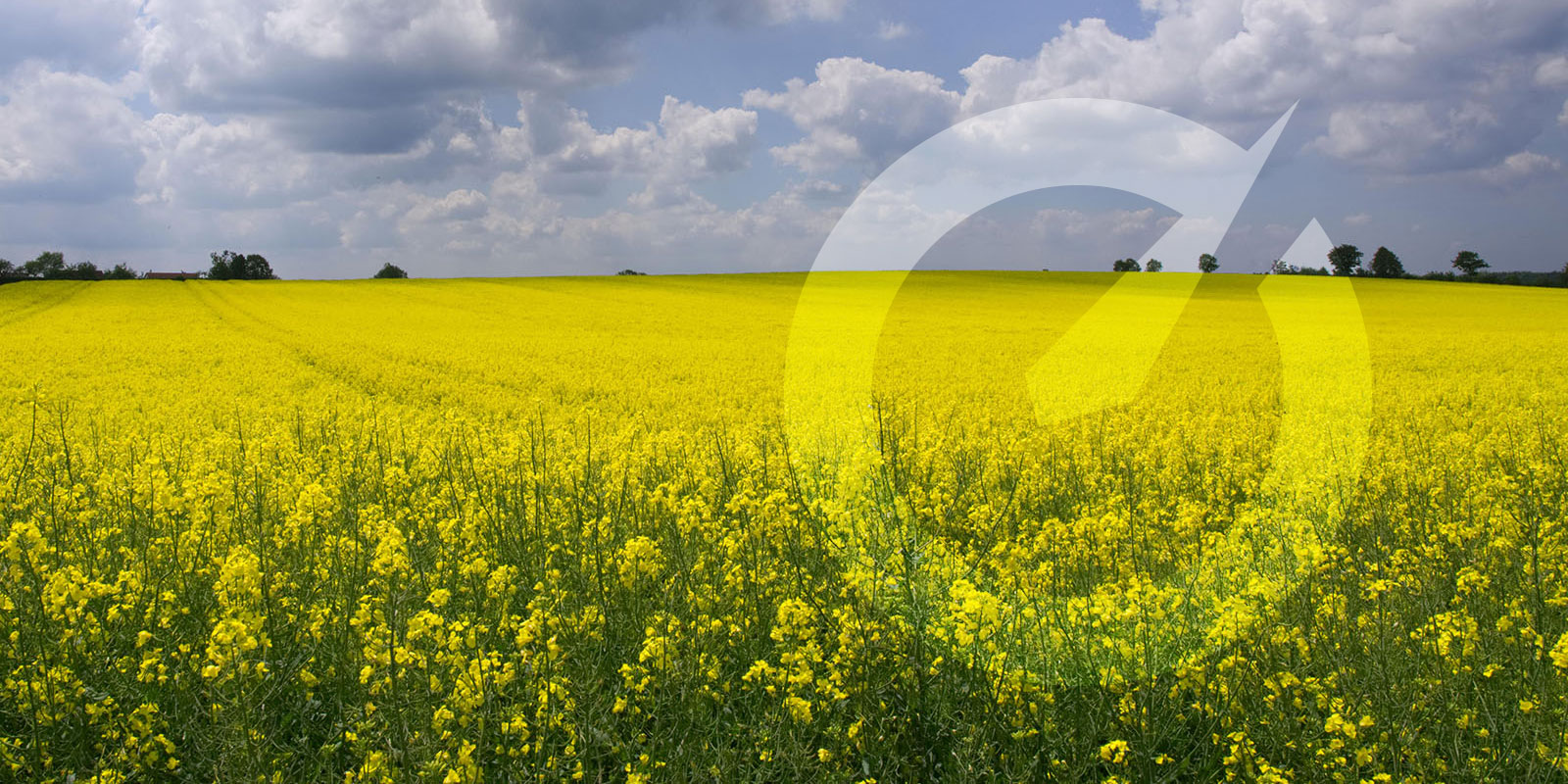
Organization manual for terranets bw GmbH
Six years ago, the network operator terranets bw transferred its organizational manuals and corporate guidelines into a BlueSpice MediaWiki. This saves the company valuable time.
Read more
+


